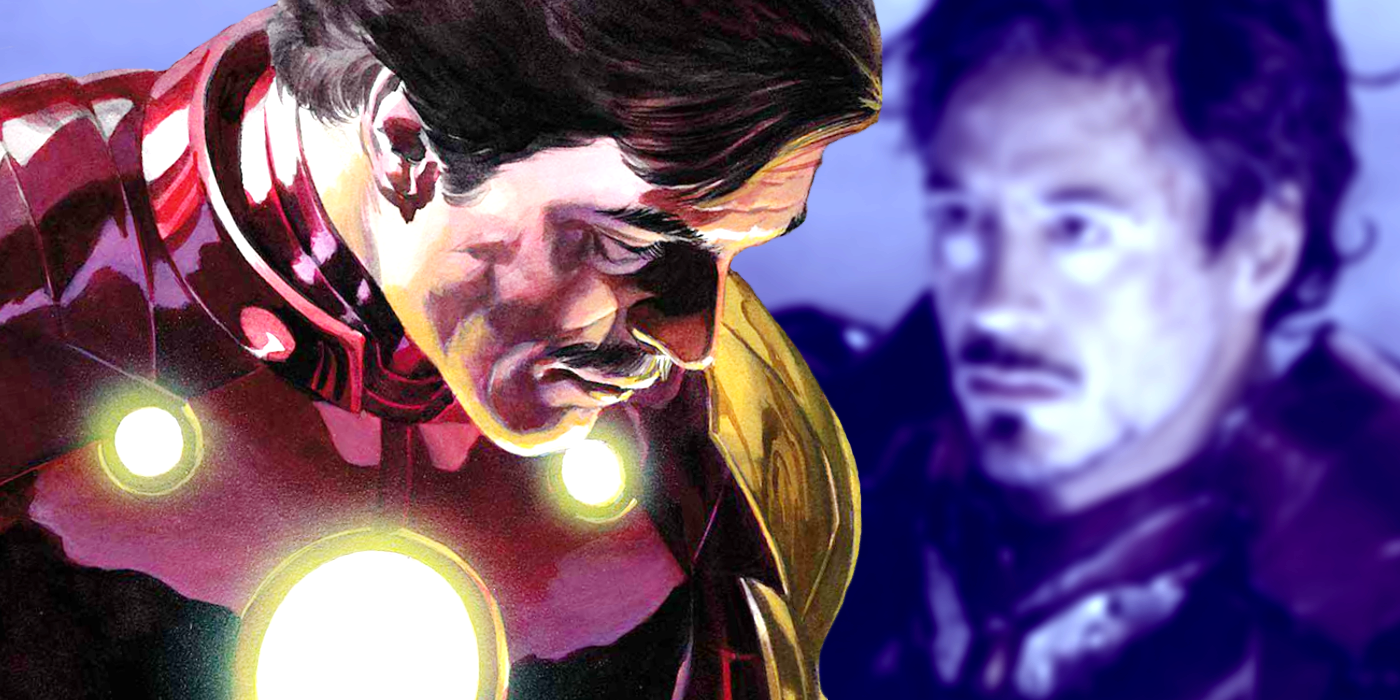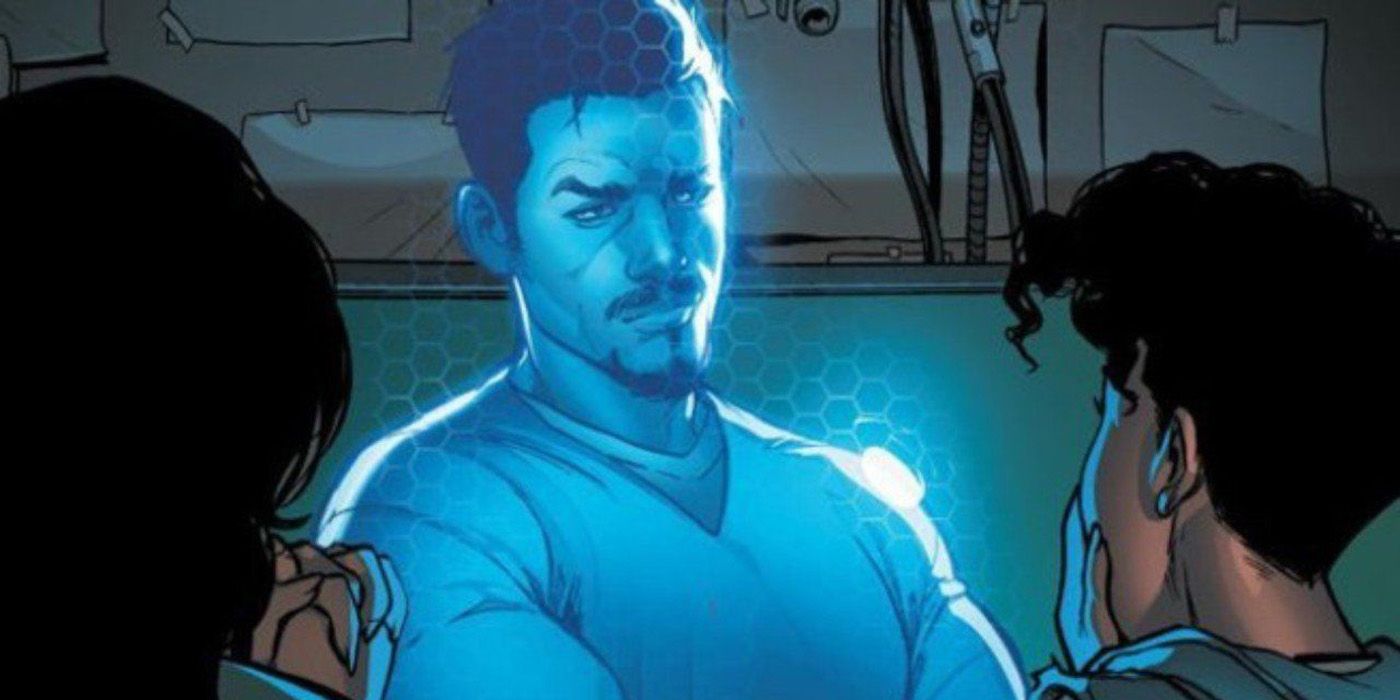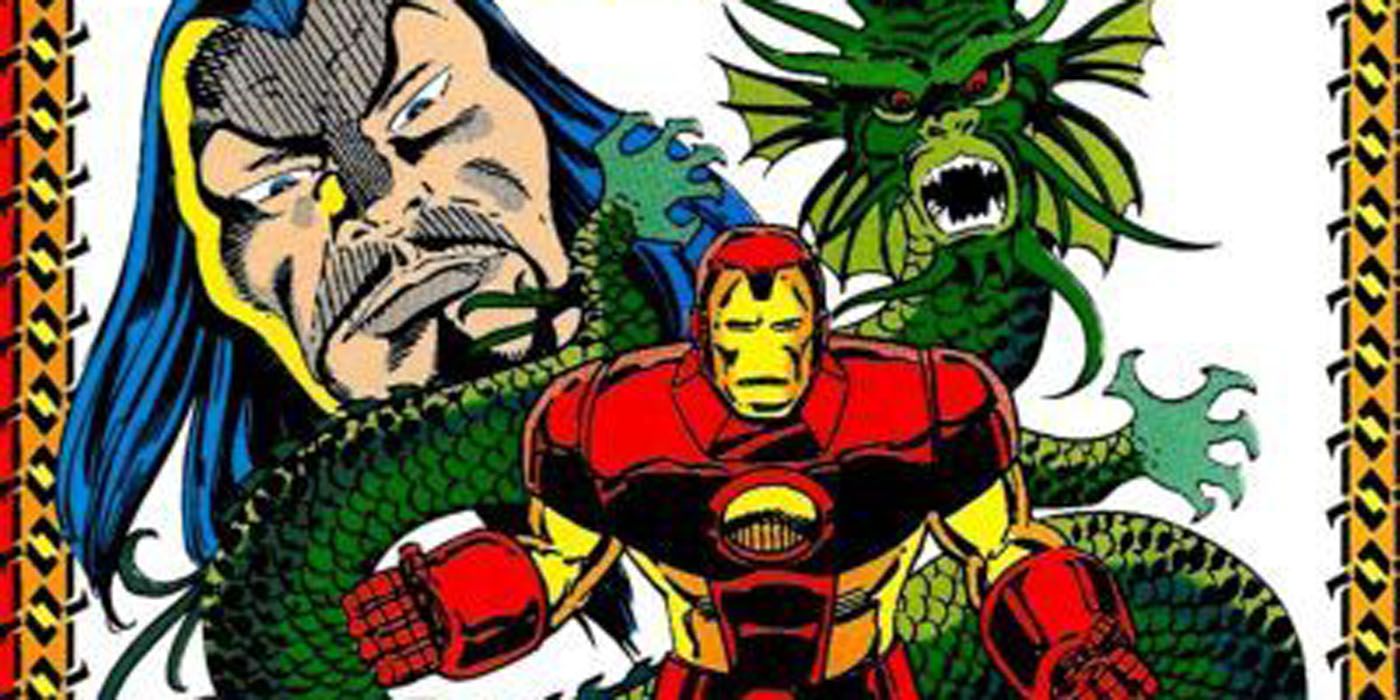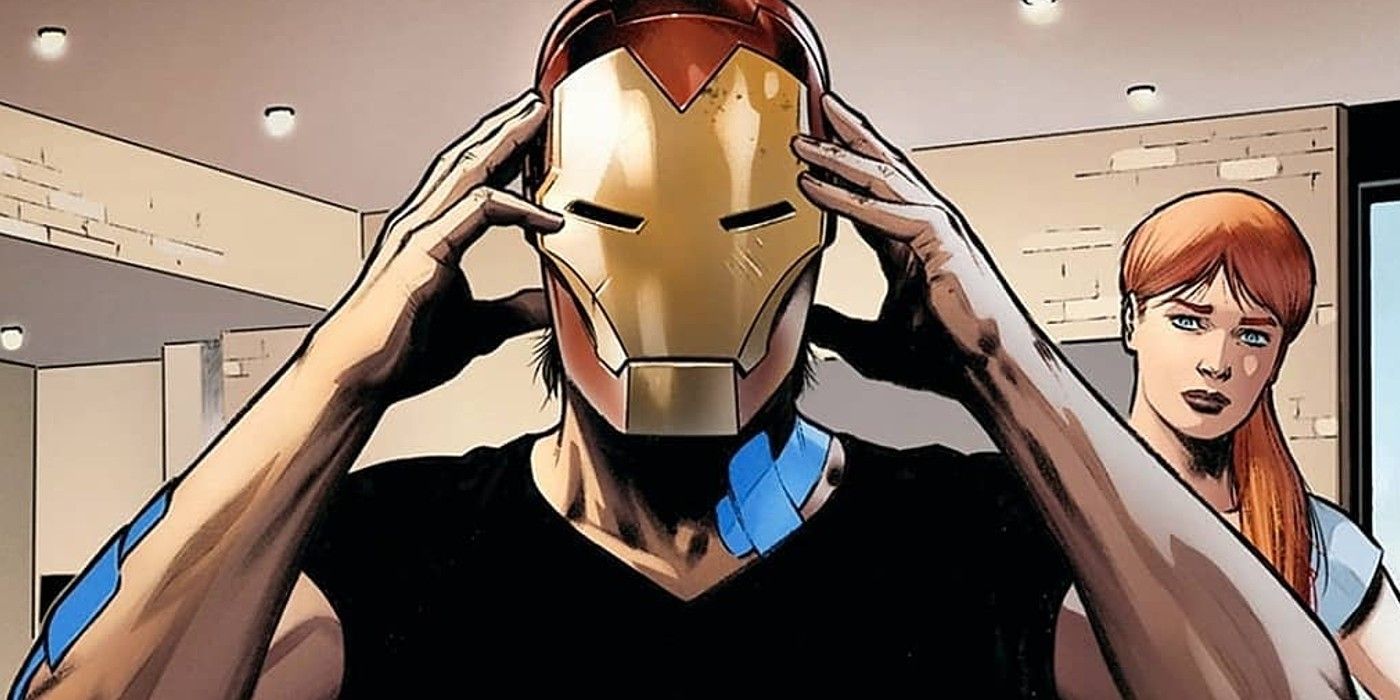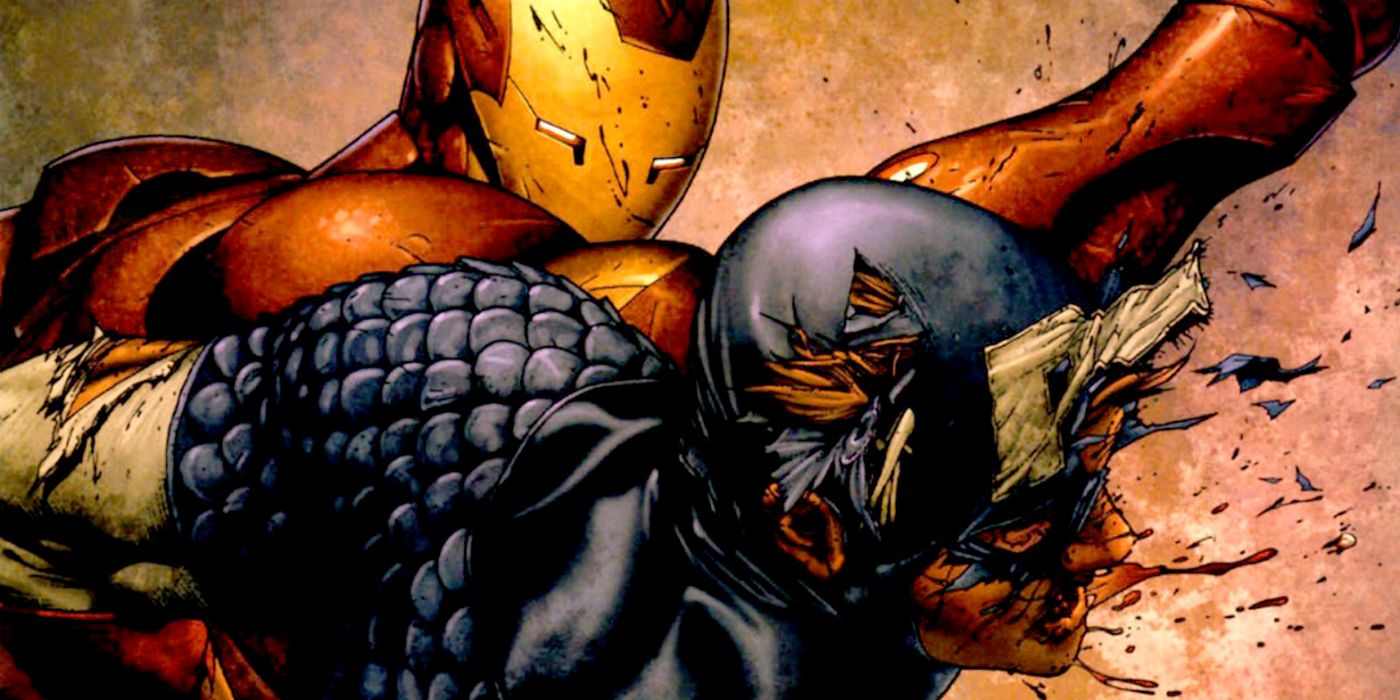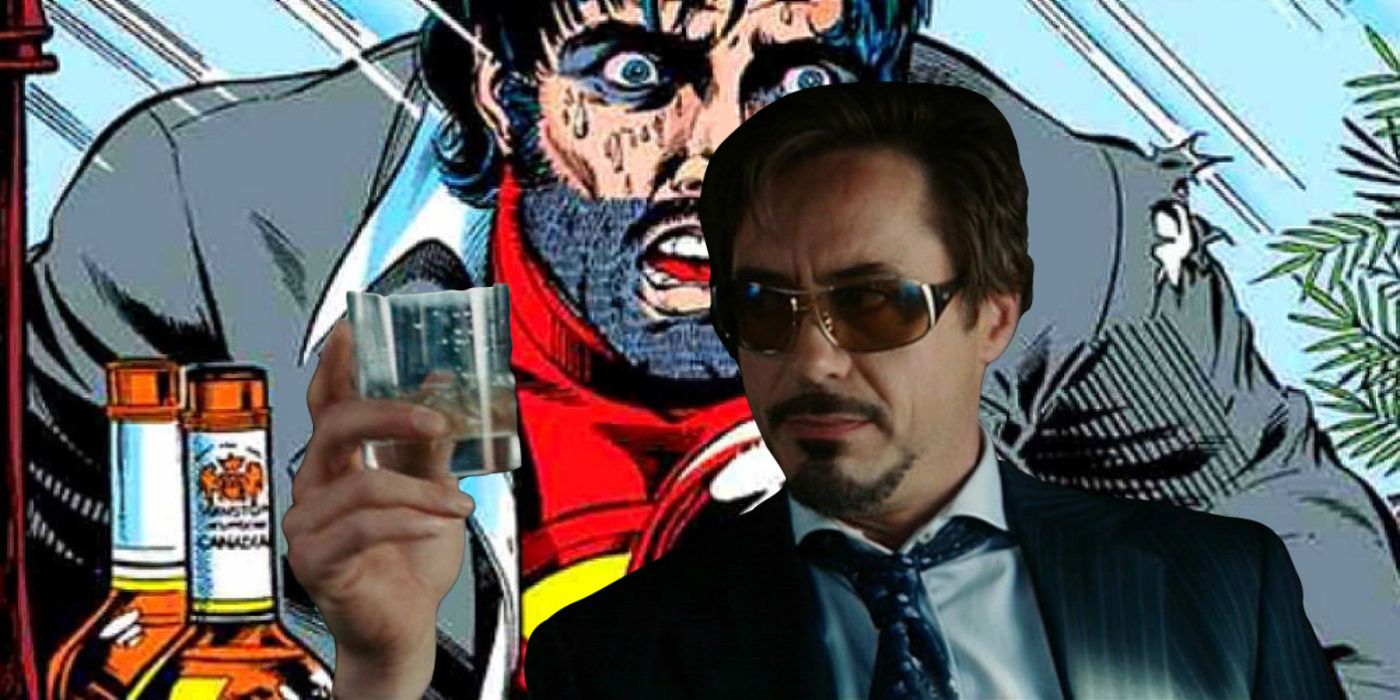Marvel's Iron Man is one of Marvel's oldest heroes, but he looks practically unrecognizable when compared to his 1963 counterpart. Tony Stark, true to his character, has changed along with the times (and in many ways changed ahead of them) to become one of the most popular superheroes of all time - even taking into account the heroes of the Justice League in the DC Universe and beyond. Iron Man has gone through dozens of small iterations during his history, but the most important changes are listed below - and most new fans of the character have no idea just how far he's come.
Iron Man is one of Stan Lee's most enduring creations, and has withstood one of the worst supervillians a hero can possibly face: stagnation. Thankfully, other writers were able to constantly reimagine Iron Man for new audiences, and the hero is more popular than ever. While the success of the MCU might have something to do with the character's staying power, the comics have always led the way when it comes to Tony Stark.
Note that this list will chronicle only the mainline version of the character, and no alternate universe interpretations. It must be said, however, that the aforementioned variants often take their cues from the 616 universe (the "correct" universe in all of Marvel's existence). These include the Tony Stark seen in the MCU, as well as the other variants seen in other series (Ultimate Marvel, Marvel Zombies, and various animated series, video games and other adaptations).
The Futurist
Tony's technology has of course changed drastically since the 60s, but the sheer extent is largely unknown even by diehard fans. When he first debuted in Tales of Suspense #39 in 1963, Tony was an expert in micro-transistors, a relatively new technology at the time. When a near-death experience in Vietnam left him with shrapnel in his chest, Tony's solution was the first Iron Man armor, containing a massive chestplate with an electromagnet; he had to wear the chestplate for his entire life (and it continually required power, without which he would die).
The chestplate eventually changed into the more familiar Arc Reactor implanted in his chest, and Stark's area of expertise changed from transistors to microprocessors to writing intricate software (up to and including creating AI). Tony also dabbles in bio-augumentation in the form of his Extremis armor, a futuristic suit that comes in two parts: a metallic undersheath stored in his bones and an outer layer that he can mentally summon at will. Nanotechnology now allows Stark to hide his entire suit of armor in a single, dense unit (in the films, his arc reactor).
Tony Stark, Commie Smasher
Iron Man was created at a time when tensions between the United States and the Soviet Union were at an all-time high, and his enemies reflected this almost as much as the man himself. Stark was shaped by the Cold War; his first enemy in Tales of Suspense #39 was "Wong-Chu, the Red Guerilla Tyrant!" in Vietnam (later retconned to the fictitious country Sin-Cong), and his other foes followed a similar pattern. The Titanium Man, Black Widow and the Crimson Dynamo were all sent by the Soviet Union to spy on and/or destroy Iron Man (though the latter two defected once they saw the evils of Communism), and other villains like the Mandarin, while not directly affiliated with the USSR, embodies Communist values nonetheless.
When the Berlin Wall fell in 1989, so too did Iron Man's popularity. The character was the ultimate Capitalist fighting against ultimate Communist threats - but with the collapse of the Soviet Union, Tony Stark was left without a purpose. Iron Man pivoted to fighting nondescript terrorists in the 90s and early 2000s, but writers eventually realized the best way to change Tony Stark regarding villains was to turn him inward - fighting other Capitalist enemies who embodied the military-industrial complex as he once did. Aldrich Killian (appearing in Iron Man 3 in the MCU) is one such example...but Tony Stark would fight his own demons most of all.
Introspective Storytelling
Stan Lee envisioned Iron Man as an unlikable character whom his readership would automatically hate (before his Vietnam experience): an egocentric, weapons-dealing billionaire who embodied "the Man" against whom the post-war generation rebelled. Oddly enough, Iron Man's only source of angst for years was his constant reminder of his own mortality; he would often decry his situation regarding his chestplate, but the drama in early stories rarely revolved around Tony Stark's mind and/or feelings. Today, his past eats him alive.
The past few Iron Man runs (especially the latest by writer Christopher Cantwell) explores Iron Man's inner torment more than any other period in the Armored Avenger's history. Even granted the Power Cosmic and effectively becoming an Iron God, Stark willingly gives it up because, deep down, he doesn't believe he deserves it. Tony also has great difficulty separating himself from his role as Iron Man, and this was most evident during the Cantwell run, where a neck injury forces Stark to wear his helmet continuously - even while sleeping - to prevent an untimely death.
Taking A Hard Right
Before 2006, Captain America and Iron Man were allies, comrades and friends, though their relationship was nothing special (to wit: Stark had more or less the same relationship with Steve Rogers as he did with any other Avenger). Their politics and priorities aligned as well: both were avowed Capitalists (Rogers by association more than choice) and fought the requisite terrorists in the early 2000s. But 2006's Civil War crossover event changed their relationship irrevocably.
In the case of supporting superhero registration, Iron Man was a staunch advocate: he believed that the government had a responsibility to regulate enhanced individuals and those with superpowers needed to be put in check. Captain America believed autonomy was the safest course of action, and the two came to blows. Iron Man's actions, seen by many as out of character, were notably not retconned after the event, meaning that Tony Stark was forever the hawk to Captain America's dove. The heated rivalry between the two didn't subside, even after Captain America returned from the dead, and Iron Man was now more associated with the actions of the United States government than the man who wore the American flag as a costume.
His Worst Enemy
After nearly 60 years of superheroics, readers (and Marvel editorial) have come to the mutual conclusion that Tony Stark's worst enemy is himself. While Tony Stark certainly had his serious character flaws in the 60s and the 70s, he rarely made serious mistakes or was at odds with himself; as far as Stan Lee was concerned, Tony's entire career as a superhero was a way to make up for his past, and he would never again succumb to his warmongering, arms-dealing ways again. Unfortunately for Tony, he changed for the worse.
The Tony Stark of the current era is plagued with addiction issues, emotional outbursts, and self-destructive behavior that continually forces him in and out of rehab clinics and doctors' offices. The infamous Demon in a Bottle storyline began this streak, chronicling a very realistic depiction of alcohol abuse - and while Stark has since quit drinking wholesale, he struggles with other addictions; morphine in the Christopher Cantwell run, for example, nearly killed him. Iron Man is still a hero, but he often poses a danger to himself and his allies as much as his enemies.
Ever the futurist, Iron Man never shies away from change like other, more stagnant superheroes. The 90s were not kind to Tony Stark, and he almost faded away (so much so that the 1996 event Marvel vs DC featured Iron Man in exactly two panels, and he didn't even get a line, let alone a fight). Fortunately, the writers at Marvel took a page out of Tony Stark's book, and Iron Man changed with the times, eventually becoming one of Marvel's most popular properties.

